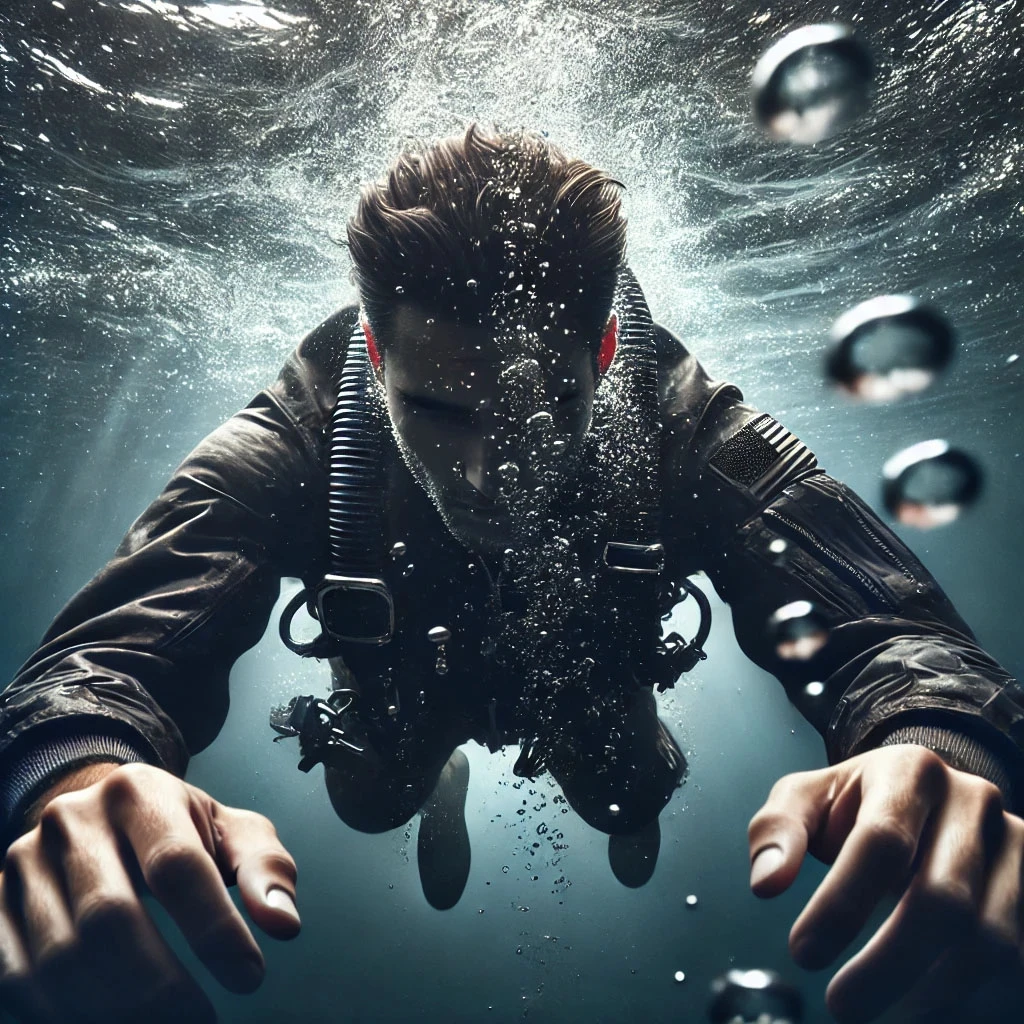Jonathan Schwinge very well might be one of the most watched ultra-luxury designers on our planet. His portfolio spans a range of creativity from architecture to furniture design to ... well, hydrofoiling pyramid-shaped superyachts.
Perhaps he's considered one of the most watched designers for a seemingly zany concept he drew up way back in 2010 for a Hydrofoil Small Waterplane Area Ship (HYSWAS) Tetrahedron Super Yacht. To make that less of a mouthful, we'll say it looks a lot like a flying pyramid out at sea called Tetra.
Technically, a tetrahedron is a pyramid with all four faces of the shape being triangular, including the bottom of it, as is the design of the Tetra. If you take anything away from this article: all tetrahedrons are pyramids, but not all pyramids are tetrahedrons ... and just maybe neither is the ideal shape for a flying yacht.

It's been 14 years since London-based Schwinge announced his unique design to the world, capturing a significant amount of buzz. And not just in the maritime world, but in the imaginations of everyone who'd ever seen the conceptual art created in 2016 by the now defunct Eyelevel Creative of the odd looking vessel Schwinge intended to have built.
Is it an Imperial Star Destroyer? A Goa'uld Pyramid Ship?
No, it's definitely the Tet. The would-be tetrahedron vessel is designed to be able to carry six Tom Cruise clone passengers, as well as three Victoria clones and one Julia crew members. That's six passengers and four crew members, for those who haven't seen the 2013 movie blockbuster Oblivion.
The design of the Tetrahedron – or Tetra for short – is an underwater trimaran hull under the living quarters with a single "torpedo" hull with side-mounted hydrofoils below that can raise the entire ship above the water line when traveling at 15 knots (17 mph, 27 km/h) or more. It has a predicted top speed of 38 knots (44 mph, 71 km/h). Quite fast.

And impressive when you consider the carbon fiber and stainless steel super yacht will be 71 feet (21.6 m) long and weigh 82.7 tons (75 tonnes). Also impressive in the design is the guestimated 3,000 nautical mile cruising range. For the pedantic like myself, this translates to 3,452.33834 regular miles or a numerically pleasing 5,555.99999 km.
One could happily set sail from Monaco in the French Riviera to the beautiful Caribbean island St. John's in Antigua and still have a little gas left in the tank ... Not that the billionaire types often sail in their super yachts to far-away destinations. Surprisingly, yachts for the uber-rich are often loaded on much larger vessels and shipped to their next destination to await the arrival of their owner.

The HYSWAS foiling system would include aviation-based technology with a "fly-by-light" auto-pilot system to maintain a steady ship while foiling. It would automatically take control of pitch and heave to counter roll forces by the ocean's ever-changing surfaces.
Fly-by-light control systems are very much like fly-by-wire. Rather than electrical signals sent via copper wires from input-to-controller and back, it uses light through fiber optics. Fly-by-light systems are significantly lighter than its copper counterpart. It's used primarily in advanced aviation, like fighter jets. The US Air Force pioneered fly-by-light with DIGITAC (digital tactical aircraft control) in the 1990s. It's all very cutting-edge technology that works much faster than standard fly-by-wire technology.
Milliseconds could make the difference in rough seas between a flying pyramid or an upside-down, sinking pyramid and no more Tom Cruises.

At low speeds, the Tetra sails conventionally on its three bat-like hulls with the foil partially retracted underneath. That extra depth doesn't bode well for navigating typical marinas. However, nor does the triangular shape of the Tetra. Good luck finding a slip ... or even a captain willing to attempt piloting in shallow waters.

Schwinge reckons that even through rough open seas, high-speed foiling is the key to smooth travel and efficiency.
At one point in 2016, Schwinge found a project manager who seemed to be willing to put his vision into a physical product. Marcel Müller of Inmainco Visionary Marine Management, a name well known in the world of premium yachts and racing vessels for his carbon fiber technology, had agreed to take on the project. Since then, it's been mostly crickets, with no work completed, no prototype, and no more buzz about the Tetrahedron.
Disappointing, really. We would very much like to have seen it in action.
According to Schwinge's website (which appears to have been updated last in 2022), the design's propulsion system is in concept stage with The Maritime Applied Physics Corporation in Baltimore, Maryland. While we don't know exactly what that means, Mapcorp has been around for a long time – since 1986 – specializing in HYSWAS technology, advanced Naval craft and engineering, and having worked extensively with the DoD (US Department of Defense) for vehicle designs, submarines and "ocean engineering" projects.
So who knows? Maybe one day we shall. Or maybe overcoming the technical issues of flying a pyramid across an ocean might just not be worth the cost when you could just as easily pick up a gently used, very demure, very mindful megayacht with an 8,000 nautical mile range on 105,000 gallons (397,468 liters) of fuel for a cool US$150 mil while still keeping up your supervillian image?

Source: Schwinge











